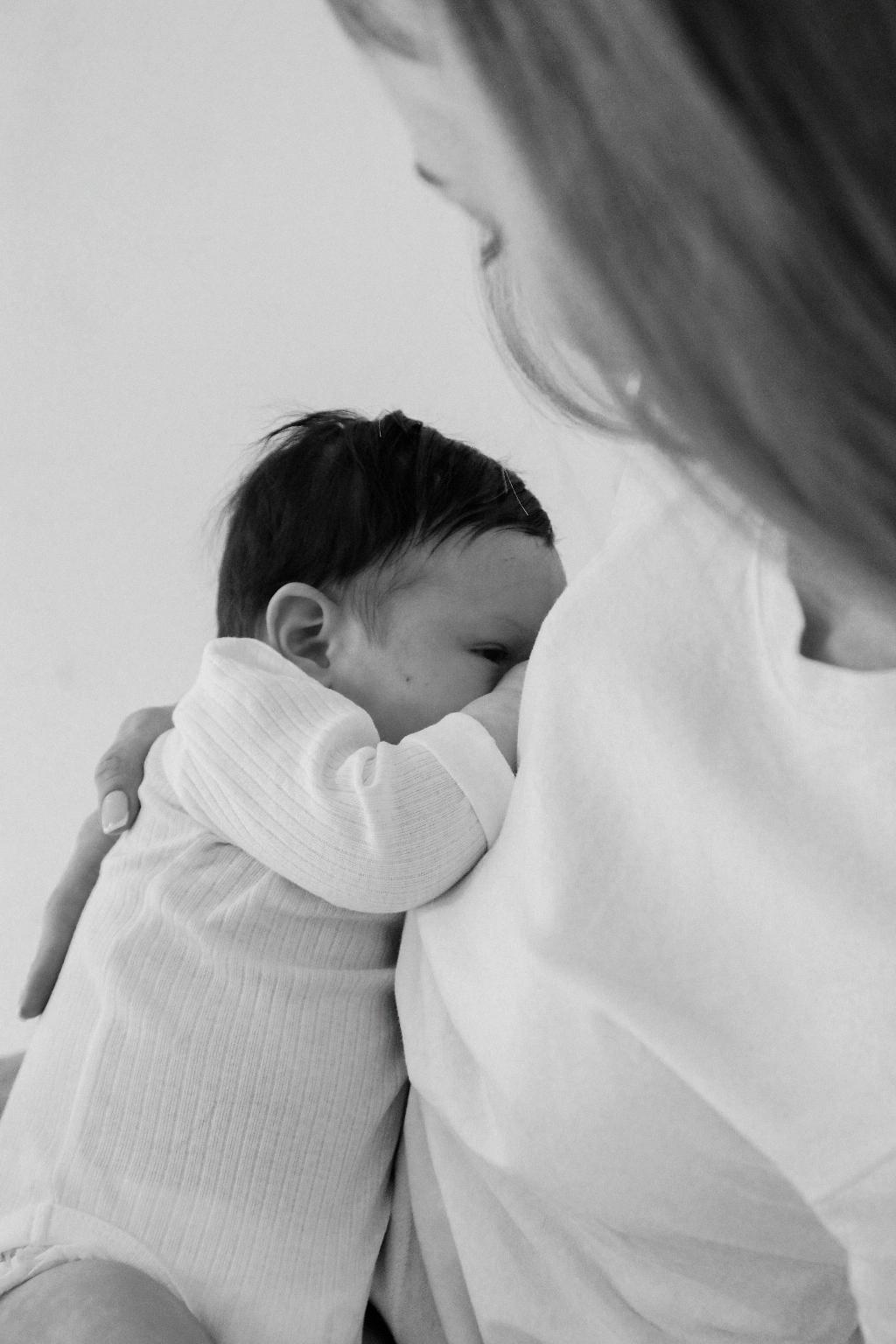When delving into the question of how much nicotine passes through breast milk, it is essential to consider various factors that play a role in this complex process. One critical aspect to explore is the baseline levels of nicotine and cotinine present in the mother’s milk, as these levels can influence the amount of nicotine transferred to the infant.
Baseline Nicotine Levels in Breast Milk
Research indicates that the baseline levels of nicotine in breast milk can vary depending on whether the mother is a smoker or a nonsmoker. On a non-smoking day, the average nicotine concentration was measured at 10.2 ± 4.4 ng/mL, while on a smoking day, it was slightly higher at 12.4 ± 4.0 ng/mL.
Cotinine Levels in Breast Milk
Cotinine, a metabolite of nicotine, is also present in breast milk and can provide insights into the exposure of infants to nicotine. The levels of cotinine in the mother’s milk showed a similar trend, with concentrations on a non-smoking day at 154.3 ± 31.8 ng/mL and on a smoking day at 141.3 ± 31.4 ng/mL.
Factors Affecting Nicotine Transfer
Several factors can influence the transfer of nicotine from maternal blood into breast milk, including the mother’s smoking habits, the timing of smoking relative to breastfeeding, the rate of nicotine metabolism, and the baby’s age and feeding patterns.
Nicotine Metabolism and Transfer
When a mother smokes or uses nicotine-containing products, nicotine is absorbed into her bloodstream and can subsequently pass into breast milk. The concentration of nicotine in breast milk is often reflective of the mother’s nicotine intake and metabolism.
Breastfeeding Considerations for Smokers
For smoking mothers who choose to breastfeed, it is essential to be aware of the potential risks associated with nicotine exposure to the infant. Nicotine can have detrimental effects on the baby’s developing brain and overall health.
Minimizing Nicotine Exposure
To reduce the amount of nicotine passed through breast milk, smoking mothers are advised to refrain from smoking before and during breastfeeding sessions. Nicotine levels tend to peak in breast milk 30-60 minutes after smoking, making it crucial to plan breastfeeding accordingly.
Impact on Infant Health
Exposure to nicotine through breast milk can have various health implications for the infant, including potential effects on cognitive development, respiratory health, and overall growth. It is vital for mothers to prioritize the well-being of their babies when making decisions about breastfeeding while smoking.
Seeking Support and Guidance
Mothers who smoke and breastfeed may benefit from seeking support from healthcare professionals, lactation consultants, or smoking cessation programs. These resources can provide tailored advice and strategies for managing nicotine exposure while ensuring the infant’s health and well-being.
Monitoring Nicotine Levels
Regular monitoring of nicotine and cotinine levels in breast milk can offer valuable insights into the extent of infant exposure to nicotine. By staying informed about these levels, mothers can make informed decisions about their smoking habits and breastfeeding practices.
Conclusion
In conclusion, the amount of nicotine that passes through breast milk can vary based on several factors, including the mother’s smoking behavior, nicotine metabolism, and timing of smoking in relation to breastfeeding. It is essential for smoking mothers to stay informed about the potential risks of nicotine exposure to their infants and take proactive steps to minimize harm while prioritizing the health of their babies.

